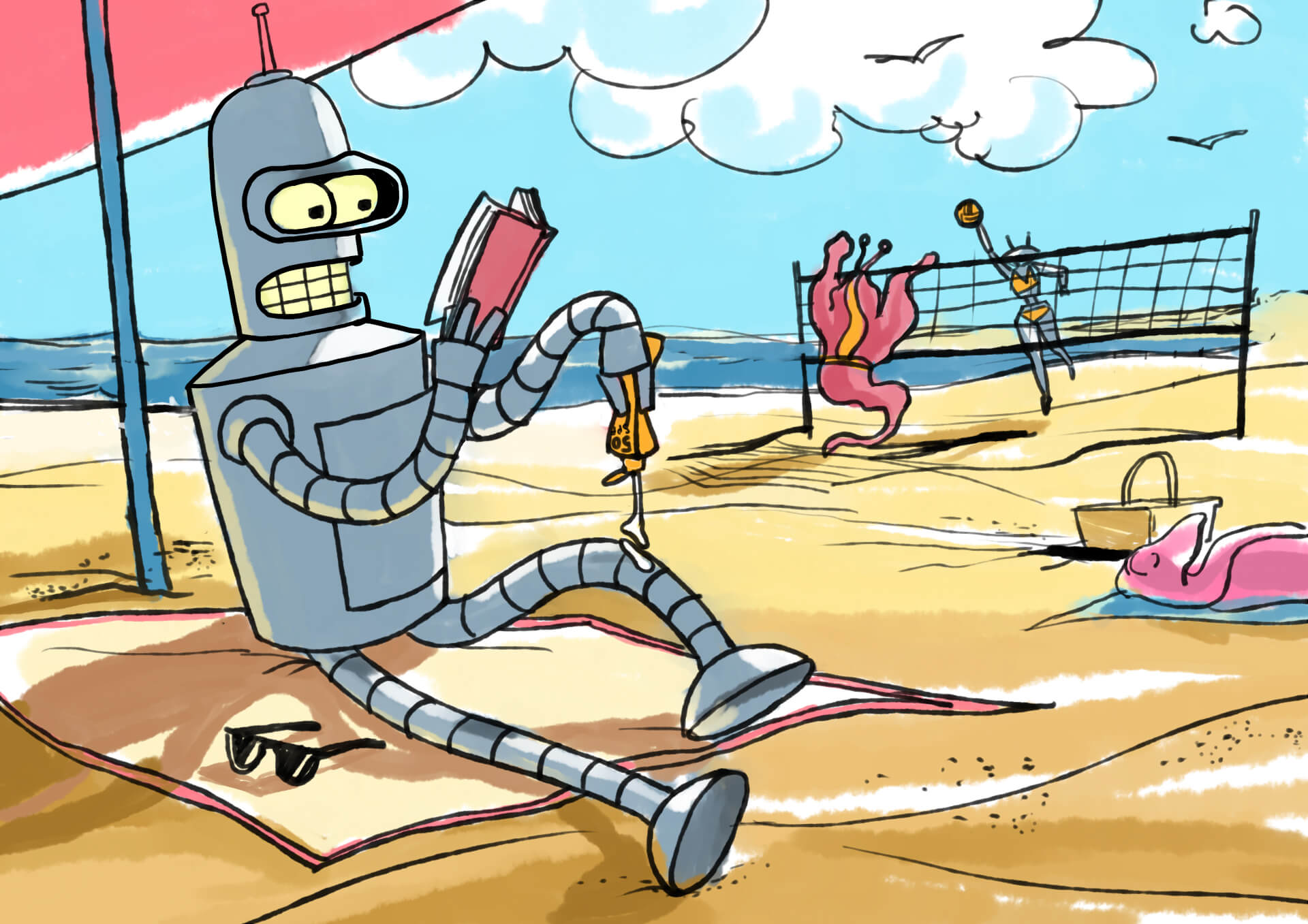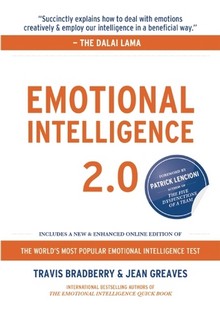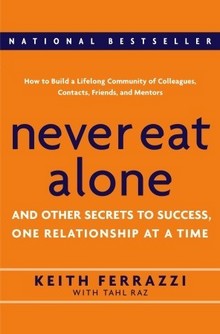What we read in July: how to find time to read, five books for a timlid and some fresh articles

In today's issue of our column, Aleksey Kataev talks about how he learned to read 17 books a month without spending a lot of time on it, and recommends five useful works from the category of "netlenki", which seemed to him the most useful. And at the end - a traditional, but small selection of links from our working Slak.
We find time to read
The word deusdeorum :
I want to share how I solved the problem of reading books for myself (disclaimer: talking about non-fiction and books without code examples). The problem is the same for everyone: it’s cool to read, there are a lot of books, but there’s no time. After work, there is no strength to read, but on weekends I want to rest. Perhaps my method will help you.
')
For 2017, I read 3 books, all 3 - on airplanes (slack does not work there). And then Khariton Matveyev (one of the founders of Skyeng) told me: “in order to understand the basic ideas, you need to read 300 books”. 300 ?! I even added to my “sometime read” list only a couple of dozen by this time.
Recently, I started doing hour walks every afternoon. And then it dawned on: I would try to overcome my dislike of audio books and listen to books while walking (doubly efficiently!). Then I combined this with the smartreading service - and began to alternate the full versions with brief audio presentations (I always listen to the short version before the full version, if there is one).
In June I read 17 books: 15 smart and 2 full, for July - so far 13.
Now all the tips are briefly:
- I mark walks in the calendar for the week ahead, like meetings (it’s impossible to occupy these slots);
- I shake books for the week ahead, I drop it on the phone in advance;
- I lead backlogs of all recommended books + all sorts of articles like “top-10 books for the team”;
- after reading I write a very short review in 5 points (main ideas + than useful);
- each book is rated + mark whether you need to read the full version;
- I use not a standard player, but a Smart AudioBook Player (it is convenient to unwind 10/60 seconds back if I blunted);
- if the book is boring or not very useful - take off the headphones and delete the book;
- Do not read books from the top of smartreading, this is trash.
Still not decided for myself the problem of what to do with books that are not in audio. We need some kind of flow, when and how to read them. There is an idea to try Speech Synthesis.
5 books for timlidov and not only

1. Everything is Negotiable
in RussianA cool book on negotiating. A lot of practical advice that will help not only to bargain in the store, but also, for example, to agree on the timing of the task with the customer. A couple of days after reading, I took advantage of the reception from the book and saved $ 300 in the cloudinary service.

2. Emotional Intelligence 2.0
in RussianIt is no secret that for the team leader it is important not only to be a cool technical specialist, but also to manage people and team coolly. The book is a good overview of all components of emotional intelligence with specific tips on how to improve them.

3. Never Eat Alone
in RussianI used to come to conferences / meetings to listen to reports and learn useful ideas. For me, it was not clear how to meet other people, why it, etc. I will not say that this book has changed my life. But, if you want to move in this direction, it will be a good step forward.

4. Lying (Sam Harris)
in RussianBut I advise you to read this book to everyone, not just managers or timlids. Super short: always telling the truth for the long term is more profitable than “sometimes lying”. Make the whole team read, maybe then it will be easier to work together.

5. Getting Things Done
in RussianThis MUST READ for all managers, but also developers will be useful. I heard about it a thousand times, and some ideas too. But I advise you to read the full version. You will save months of "improving" your own task system / backlog / prioritization, especially if you are just starting out (suffer from hundreds of tasks in the todo list).
Some useful articles.
A good overview of useful small chips Typescript
Curious about Record, which, in fact, replaces a record of the type `smth: {[key: string]: ISmth}` with a more readable `Record <string, ISmth>`. Also, the usual Partial and Required and more interesting Pick and Omit, allowing you to quickly make a type of part of the fields of another interface.
“We studied some popular TypeScript types with real code examples. We used a demo project, but all these types work in at least one full-fledged application that I know.
However, you need to add something about static types. Often, studying a new technology or facing a difficult task when developing, you begin to solve a technical problem and you can forget about a common goal. Static types are not the goal of your work, it is just a tool. If they become the center of the whole project, it means that something went wrong with you. ”
Work with data normalization in Akita and Angular
For fans of alternative state management - work in the recently released Akita. If someone does not know what it is, then in principle there is everything clear by code (storing data in the Entity with streams), but a general description here .
“The film can have many actors, and it can have many genres. Looking at this response from the server, we can see its shortcomings:
- Duplicate objects (actors or genres) will increase memory consumption and server load.
- Updates are complex and can get horrendous very quickly (due to the nature of nested spreads). For example, if we want to update the name of an actor, we will have to go through each movie.actors, check its availability and update. (the same goes for deletion)
For these reasons, our recommended approach to managing nested data in Akita is to treat this data as a base and save it in a normalized way. ”
Performance Measurement with RAIL
(basic things) Description of the approach to optimizing / controlling front performance. As usual, the main focus is on animations and fast loading for slow mobile phones with the Indian Internet, but in general, the guide gives the correct general direction, which parameters to measure. At the end - links to tools / guides on the use of devtuls chrome for debag performance page.
“Users evaluate performance delays differently, depending on the network status and the type of hardware. For example, a download time of 1000 ms can be considered acceptable on a powerful desktop via fast WiFi, so users get used to it. But for mobile devices in slow 3G networks, the goal of 5,000 ms seems to be more realistic, therefore, users of such devices are generally more patient. ”
RabbitMQ vs. Kafka: Two Different Messaging Approaches
Translation of an excellent article about the data bus, queue and Rabbit with Kafka, a wonderful analysis of the functionality. It is a pity that in the original the author did not add the 5th part about fault tolerance and HA.
Well and traditional - we are always looking for cool developers !
Source: https://habr.com/ru/post/419943/
All Articles